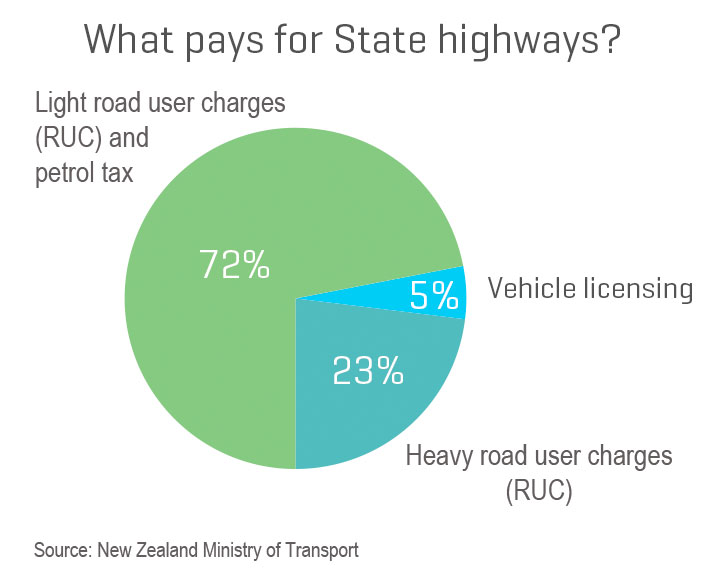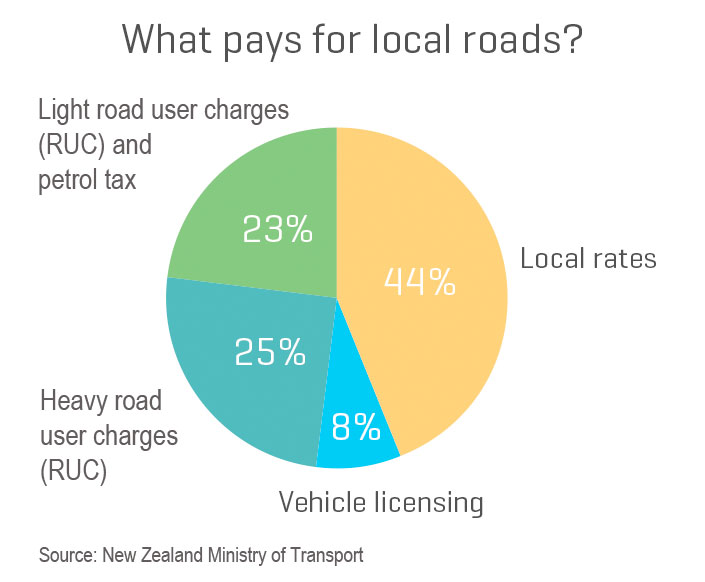Simple changes to our roads could more than halve the road toll, says the car review website dogandlemon.com.
Editor Clive Matthew Wilson, who is an outspoken road safety campaigner, says:
“The single most urgent task is to upgrade our Third World roading system. Roundabouts at intersections, rumble strips, roadside fencing and median barriers alone could more than halve our road toll.”
A study by Monash University of the effectiveness of roadside fencing and median barriers concluded that: “reductions of up to 90% in death and serious injury can be achieved, with no evidence of increased road trauma for motorcyclists.”
Matthew-Wilson also wants the government to prioritise roundabouts at dangerous intersections.
“Roundabouts can reduce injury crashes by 75%. So why aren’t they everywhere?”
Matthew-Wilson says the trucking industry tends to oppose roading changes that will slow down trucks.
“Truck drivers are under heavy pressure to maintain a high average speed. On narrower roads, median barriers, roadside fencing and roundabouts will often result in much slower trips for truck drivers; therefore the trucking industry tends to oppose these vital road safety improvements.”
“What is even more unacceptable is that the trucking industry pays just 23% of the cost of building our highways, yet gains much of the benefit[1].”
“It’s time for the trucking industry to pay its full share of road-building and maintenance costs. This extra revenue should then be allocated towards road safety.”
“Trucks themselves are a major, growing road safety hazard. In 1980, accidents involving trucks made up 12% of the road toll. In 2016, accidents involving trucks made up 23% of the road toll. That’s one of the major reasons our road toll is going up and not down.”
“The reason road freight is sometimes cheaper is mainly because the trucking industry doesn’t pay the full costs of building and fixing the roads it uses. Therefore, it’s time for the government to make the trucking industry pay its fair share.”
“When the trucking industry is paying its fair share, road freight costs will inevitably rise. This will make rail and sea freight more attractive. Everyone wins from this, except the trucking companies, which have grown very rich from their cosy relationships with the previous government.”
Matthew-Wilson adds:
“In five years time, I want to see at least 90% of New Zealand’s main roads fully fitted with median barriers, rumble strips and roadside fencing. I also want to see roundabouts at every risky intersection. Anything less will be a failure, and this failure will cost countless lives.”
1. Thanks to lobbying and political friendships, the trucking industry has had a very easy ride from the government for the last decade. Many of the ‘roads of national importance’ had a very poor business case, and primarily benefit the trucking industry.
The most obvious example was Auckland’s proposed East-West link, which would probably have proceeded if the National government had regained power at the last election. The link, which would have been the most expensive road in the world, would primarily have benefited the trucks that used it, yet the trucking industry would have paid just over one quarter of the cost.
Despite the impression many people have, Road User Charges do not pay anything like the cost of the roads the trucks travel over. The situation is worst on local roads, where trucks pay just 23% of the costs of the roads, but do most of the damage. As a result, small rural councils around the country have been forced to spend hundreds of millions to deal with the damage caused by the trucks on local roads. In what is effectively yet another taxpayer handout to the trucking industry, central government has helped subsidise some of these upgrades, but most upgrades are at least partially paid for by the local ratepayers, even though the ratepayers may get little benefit from these upgrades.


